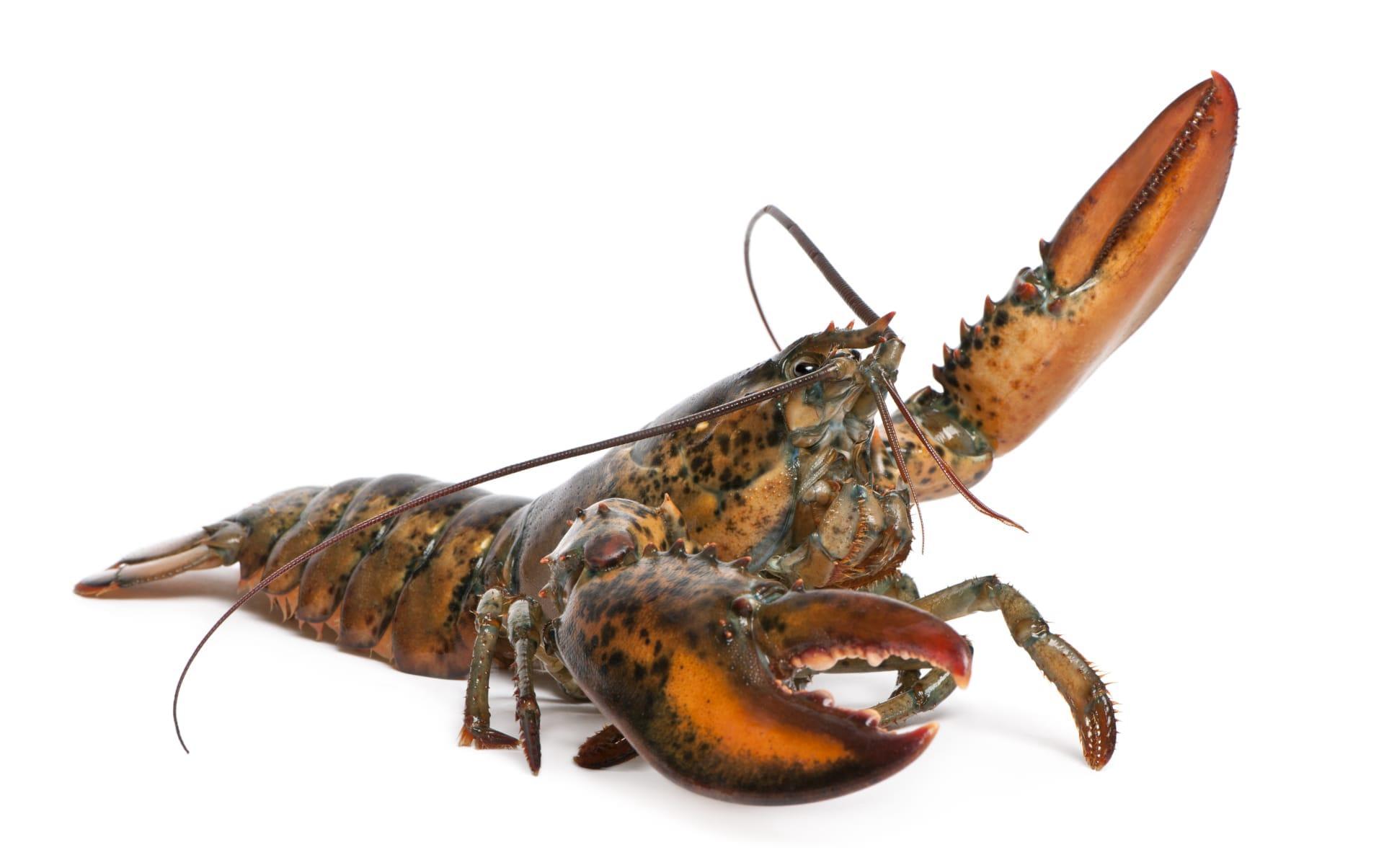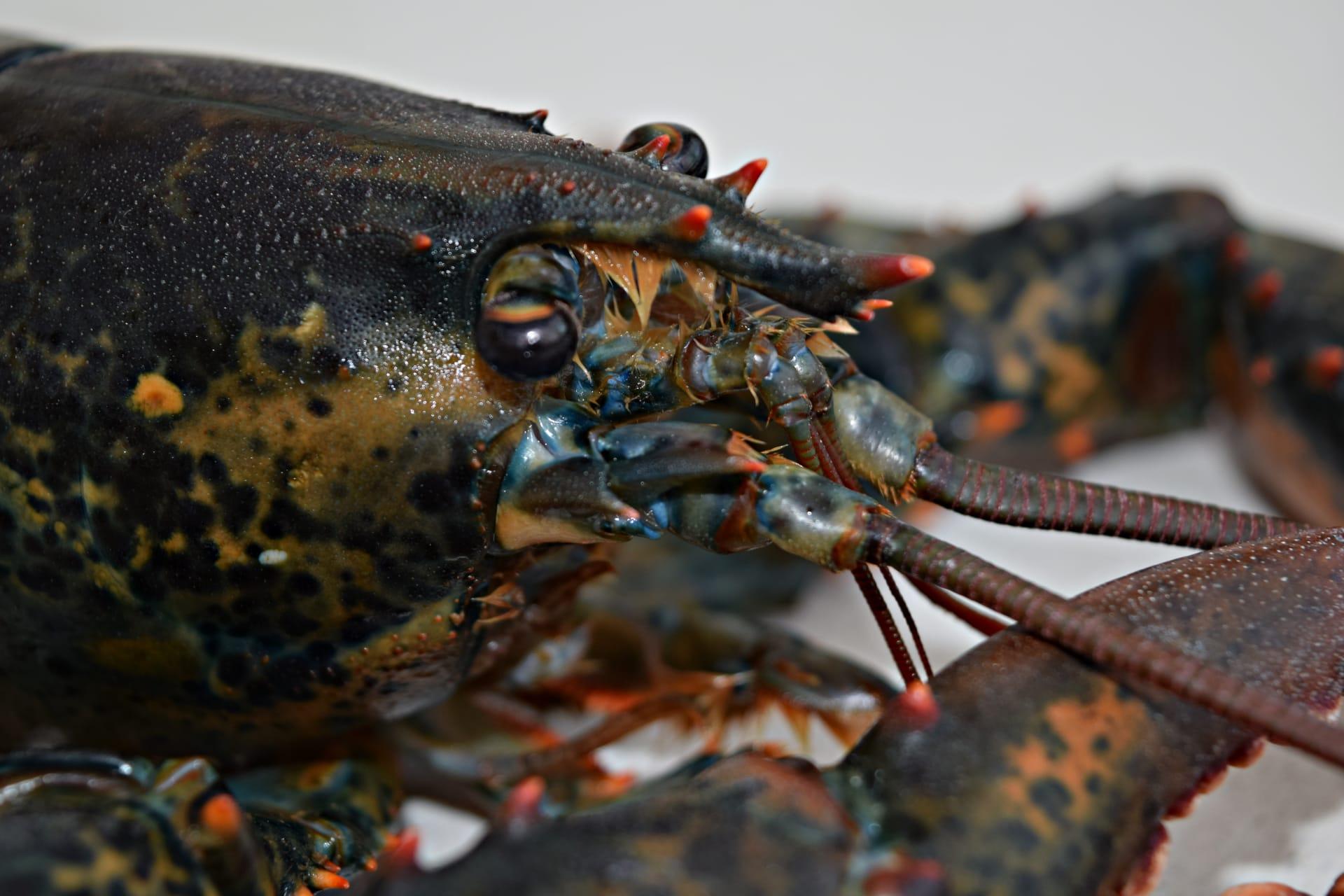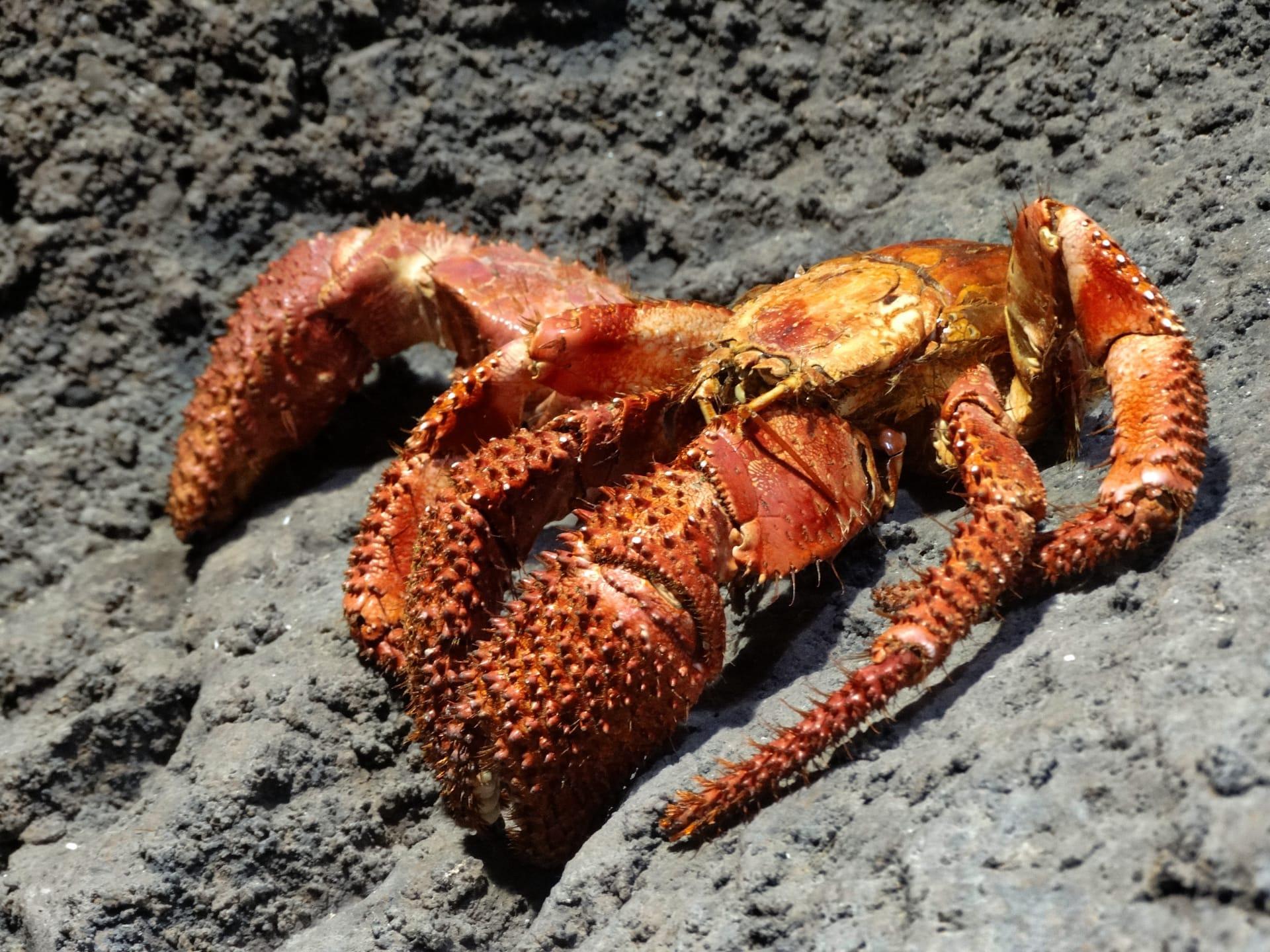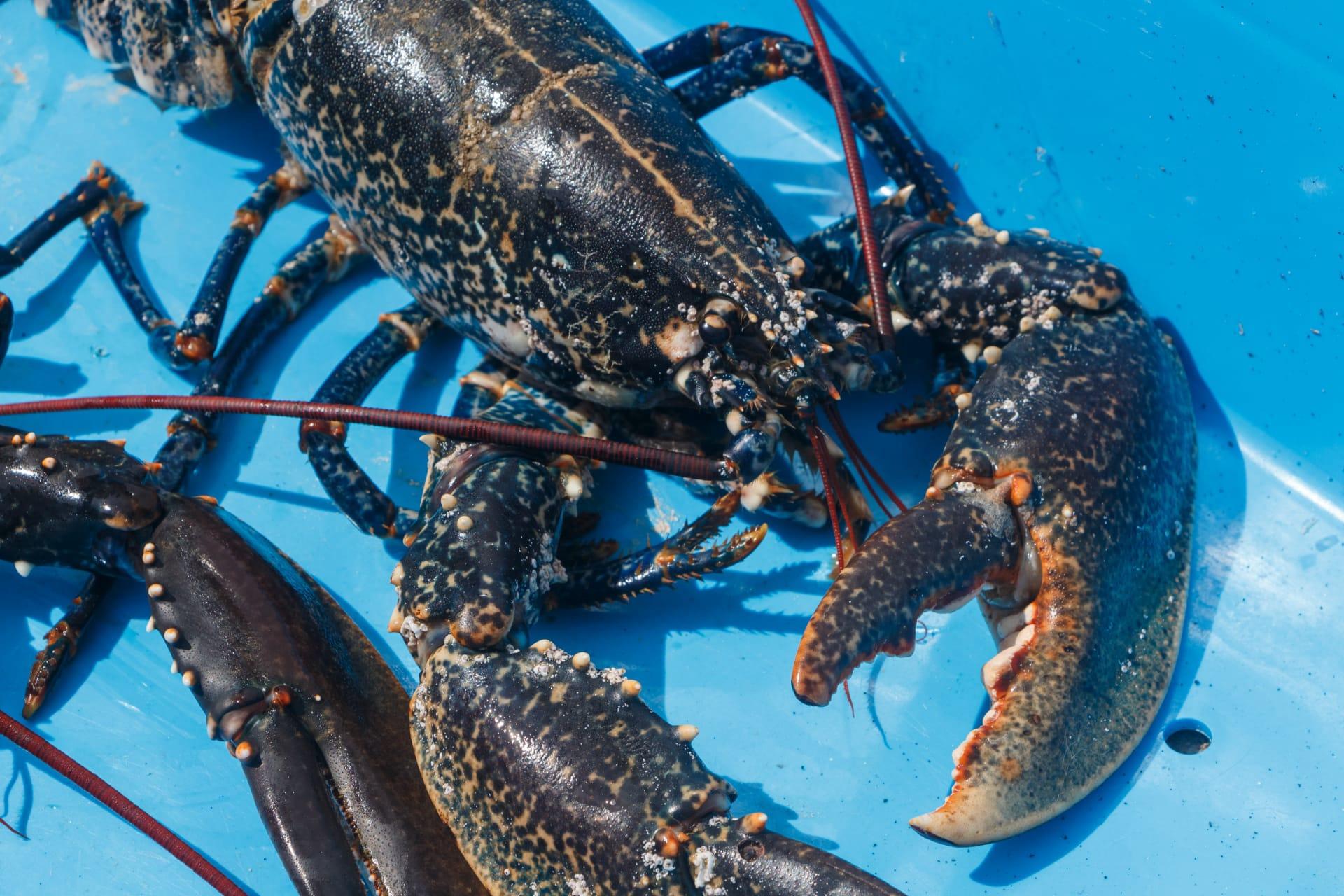Lobster
- Home /
- Mini Encyclopedia /
- Animal /
- Lobster
1
Lobsters, those intriguing sea creatures, belong to the family Nephropidae or Homaridae, depending on the species. The most commonly known species, the Homarus americanus, or the American lobster, thrives in the cold, Atlantic waters. There's also the Homarus gammarus, known as the European lobster, found across the northeastern Atlantic Ocean. These crustaceans are characterized by their long bodies, muscular tails, and live in crevices or burrows on the sea floor.
Lobsters are found in all the world's oceans, adapting to a variety of marine habitats. The American lobster is primarily found along the eastern coast of North America, from Labrador down to North Carolina. European lobsters inhabit the Mediterranean Sea and parts of the Black Sea, extending up to the Scandinavian coasts. Their habitat ranges from shallow, coastal waters to depths of over 500 meters, where they forage the sea floor for food, hiding among rocks and sand to evade predators.

2
Question: Do lobsters really live forever?
Answer: While lobsters are known for their long lifespans and ability to continue growing throughout their lives, they do not live forever. They possess a unique enzyme that repairs DNA sequences, which contributes to their longevity and reduces aging. However, as lobsters grow larger, the energy required for molting increases significantly. Eventually, they may succumb to exhaustion during a molt or become more vulnerable to predators, leading to their natural demise. The oldest recorded lobster was estimated to be around 140 years old, showcasing their impressive longevity but not immortality.

3
Lobsters have developed several survival strategies to thrive in the ocean's depths. One key tactic is their ability to molt, shedding their old shell and growing a new, larger one. This process allows them to grow and repair any damaged limbs, which can regenerate over time. During molting, lobsters absorb a lot of water to expand their body size, making the new shell larger and giving them room to grow.
Another survival strategy is their aggressive and territorial nature, which helps them defend their habitat from intruders. They communicate through a series of clicks and grunts, produced by rubbing their antennae or parts of their body together. This behavior is crucial for establishing dominance and avoiding unnecessary conflict with other sea creatures. Their diet, consisting mainly of fish, small crustaceans, and occasionally plant matter, is opportunistic, allowing them to adapt to changing food availability.

4
In marine ecosystems, lobsters play a vital role as both predator and prey, contributing to the balance of marine life. They help control the population of certain species they feed on, such as clams, mussels, and some small fish, preventing any single species from dominating the environment. This predatory behavior is crucial for maintaining the health and diversity of the seabed's ecosystem.
Lobsters also contribute to the ocean's nutrient cycle. Their feeding habits help break down dead animals and plant matter, recycling nutrients back into the ecosystem. This process supports the growth of various marine species, from plankton to large fish, maintaining a balanced and healthy marine environment.

5
Film: "The Secret Life of Lobsters" is a documentary produced in the United States in 2014. It delves into the fascinating world of lobsters, exploring their unique behaviors, survival strategies, and the impact of human fishing practices on their populations. The film combines stunning underwater footage with insights from marine biologists and fishermen to provide a comprehensive view of lobsters' lives in the wild.
Book: "Lobster: A Global History" by Elisabeth Townsend, published in the United States in 2011, traces the cultural and culinary significance of lobsters from the colonial era to modern times. Townsend offers an engaging narrative that covers the biology, ecology, and economic impact of lobsters, making it accessible to both seafood enthusiasts and general readers.
Book: "The Lobster Coast: Rebels, Rusticators, and the Struggle for a Forgotten Frontier" by Colin Woodard, released in 2004 in the United States, focuses on the history of the Maine coast and its deep connection with lobsters. Woodard weaves together the region's social, political, and environmental histories, highlighting how lobsters have shaped and been shaped by the communities that depend on them.